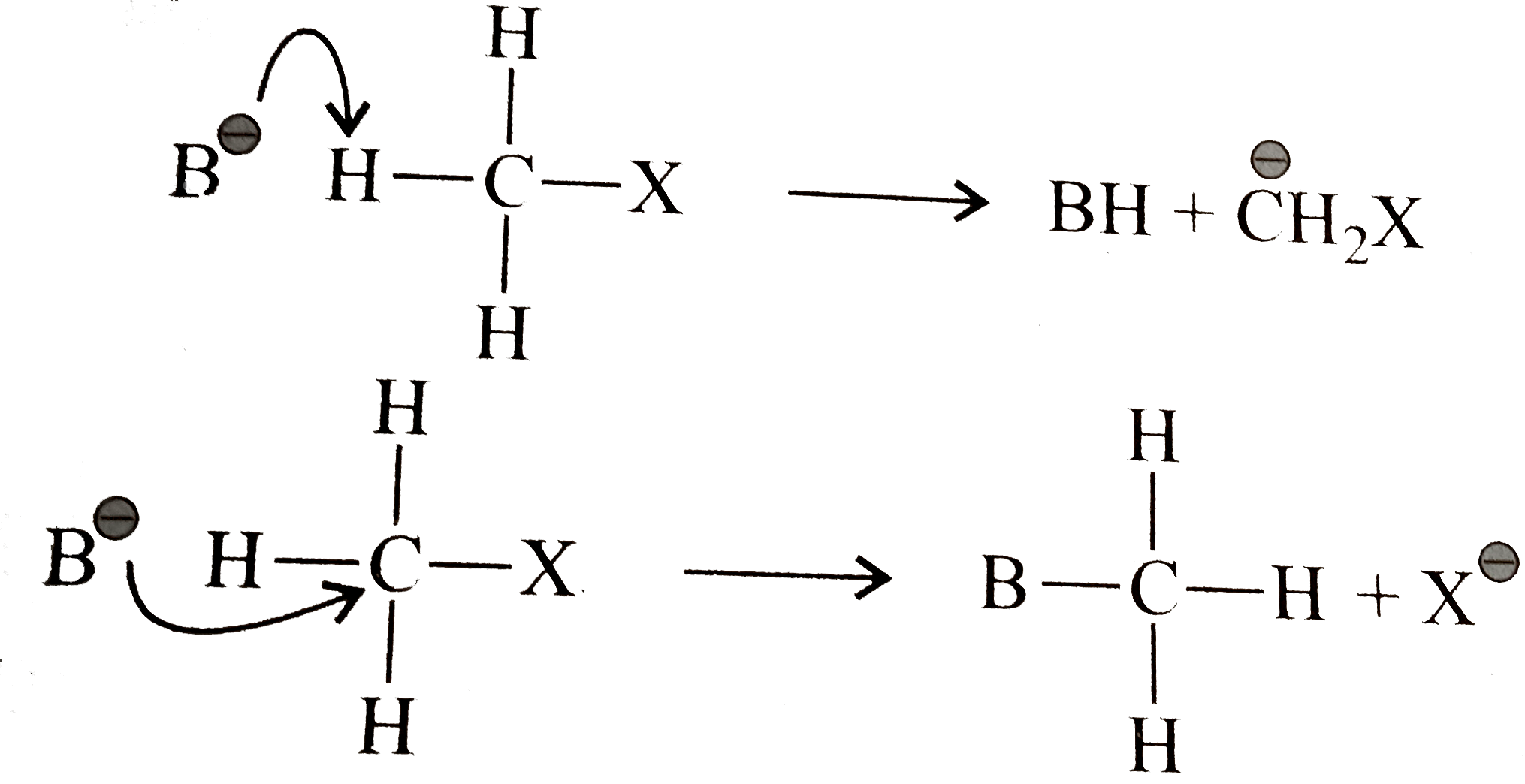SN1 Mechanism | Effect of Solvent | Substrate | Nucleophile and Leaving Group
Step by step video solution for SN1 Mechanism | Effect of Solvent | Substrate | Nucleophile and Leaving Group by Chemistry experts to help you in doubts & scoring excellent marks in Class 11 exams.
Updated on:21/07/2023Similar Questions
Knowledge Check
In which of the following species containing both nucleophile and leaving group, intramolecular SN reaction occurs ?
A .B
.B .C
.C .D
.D .
.The rate of SN2 reaction depends on the effectiveness of the nucleophile in ejecting the leaving group. Nucleophilicity is the affinity for C atom, while basicity is the affinity for proton.

In both cases, a new bond is formed. If a new bond is formed between the anion and proton, the specied acts as a base. If a new bond is formed between the anion and C atom, the species acts as nucleophile.
Which of the following compounds gives SN1,SN2, and SN2 mechanisms ?A B
B CPh-ID
CPh-ID
The rate of SN2 reaction depends on the effectiveness of the nucleophile in ejecting the leaving group. Nucleophilicity is the affinity for C atom, while basicity is the affinity for proton.

In both cases, a new bond is formed. If a new bond is formed between the anion and proton, the specied acts as a base. If a new bond is formed between the anion and C atom, the species acts as nucleophile.
Which of the following statements is wrong ? Nucleophile order of the following in weakly polar aprotic solvents, e.g., acetone is :ALiI>LiBr>LiCl>>LiF.BCsF>RbF>KF>NaF>LiFCR4N⊕IӨ>R4N⊕BrӨ>R4N⊕ClӨ (R = Butyl group)DAll
Effect of Solvent on Nucleophilicity and basicity | Leaving Group and Leaving Group Tendency
View SolutionSolvent Effect on Nucleophilicity || Nucleophilicity Comparison Leaving Groups and Their Comparison Leaving Group Nature
View SolutionFundamental Concepts In Organic Reaction Mechanism|Fission Of A Covalent Bond|Substrate And Reagent|Nucleophiles And Electrophiles|Electrophiles|Nucleophiles |Summary
View SolutionWrite the following as net ionic equations and designate the nucleophile, substrate, and leaving group in each base.

View SolutionNucleophilic Substitution Introduction and Leaving Group
View Solution

